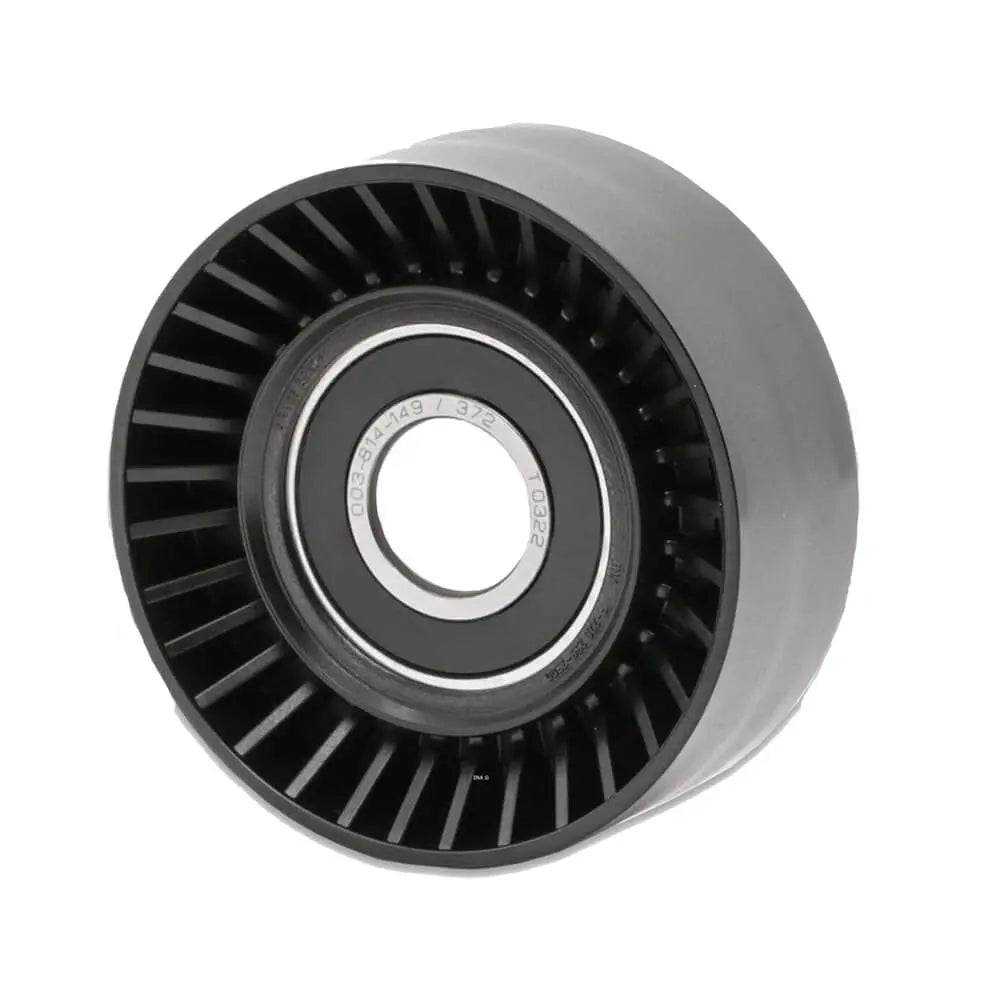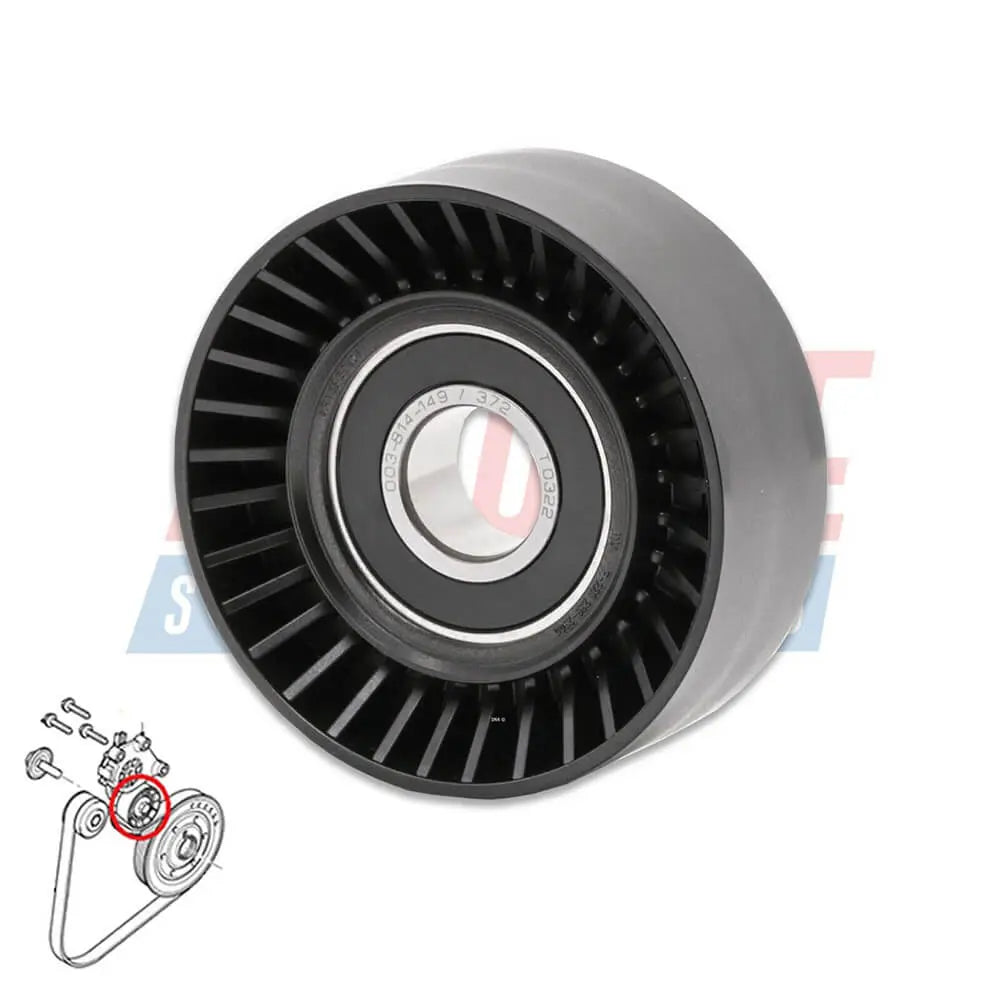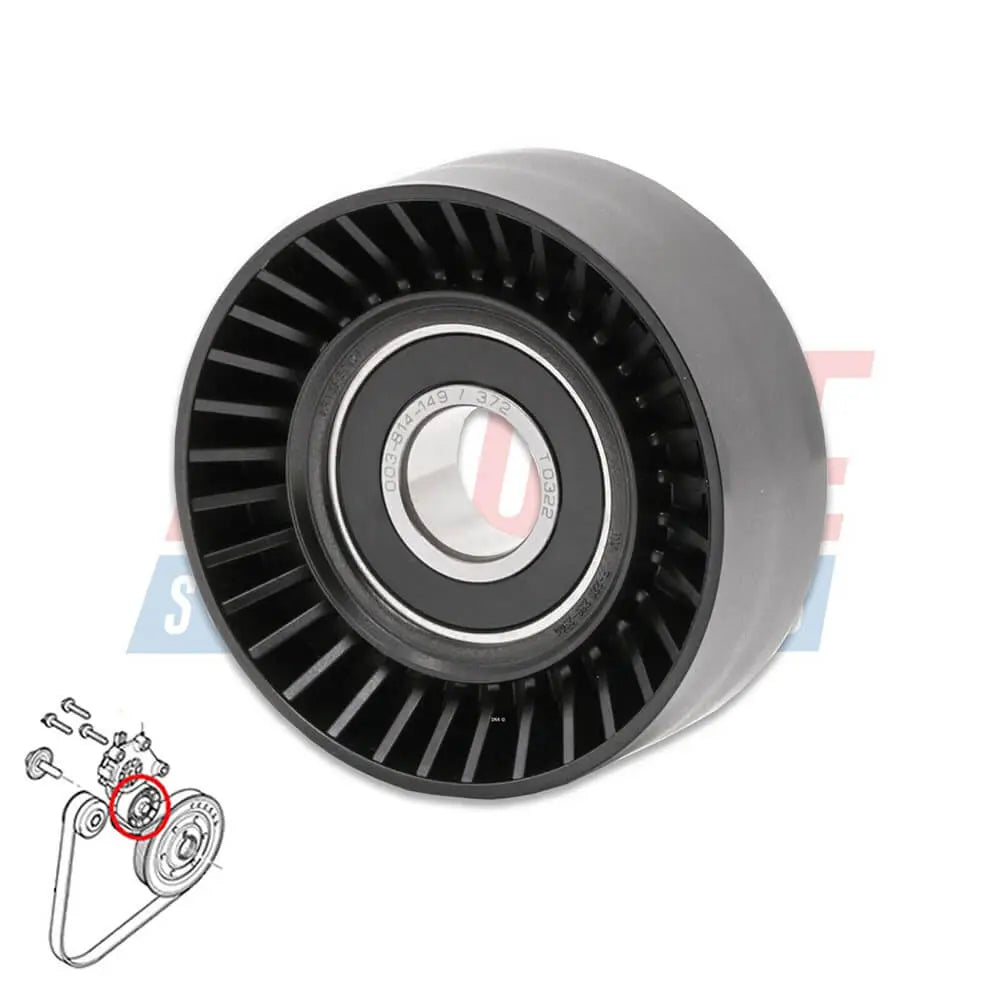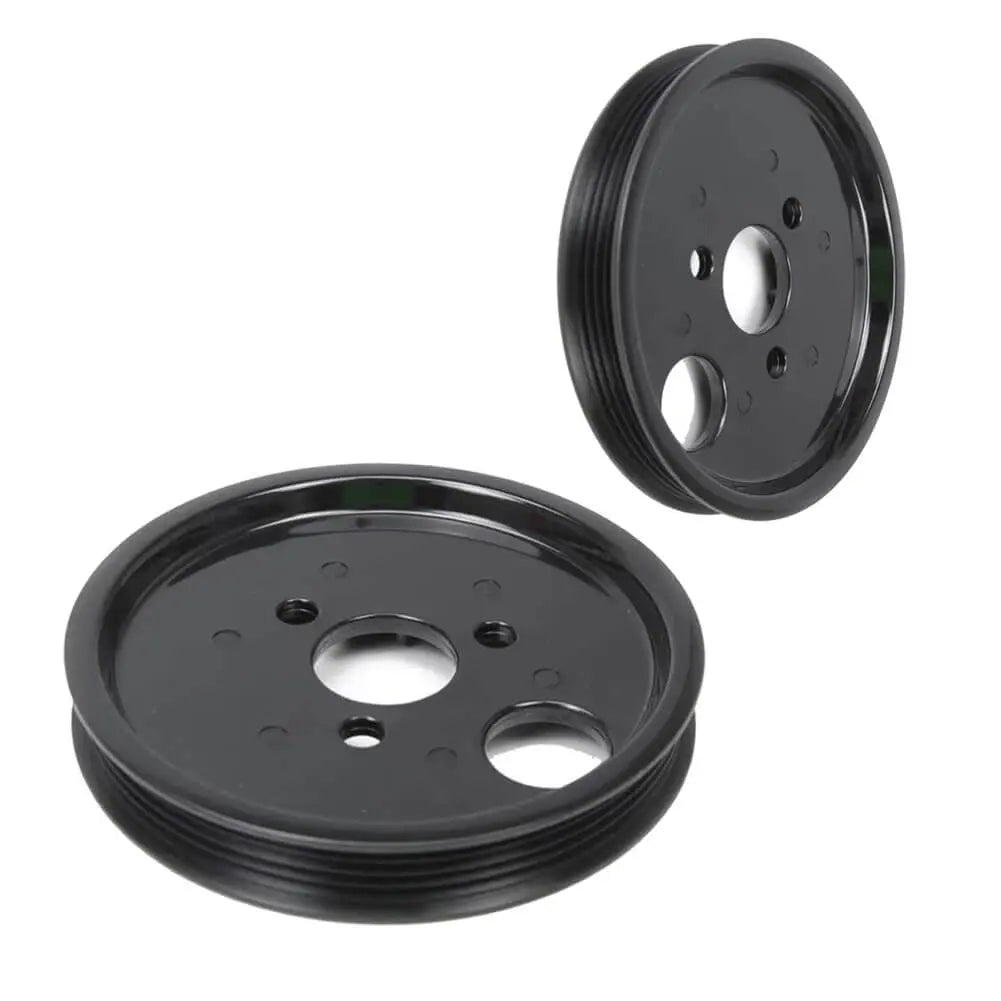Shop by Category
Pulley, Power Steering Pump
9 products
Showing 1 - 9 of 9 products
The Role of Pulleys and Power Steering Pump in Modern Car Systems
In the world of automobiles, power steering systems play a crucial role in enhancing driving comfort and maneuverability. At the heart of this system lies the power steering pump, supported by a network of pulleys. In this article, we will explore the importance of pulleys and the power steering pump in a car, highlighting their functions, components, and their contribution to the overall driving experience.Understanding Pulleys:
Pulleys are simple yet essential mechanical devices that are commonly used in various applications, including power transmission systems. In an automotive context, pulleys are primarily used to transfer power between the engine and other components, such as the power steering pump. A pulley consists of a wheel with a groove around its circumference, which holds a belt or a similar flexible element. When the pulley rotates, the belt transfers power from the driving source to the driven component, enabling its operation.Power Steering Pump:
The power steering pump is a vital component of modern power steering systems. Its primary function is to assist the driver in turning the vehicle's wheels with ease, particularly at low speeds and during parking maneuvers. The power steering pump is usually driven by a belt connected to the engine's crankshaft, which, in turn, rotates the pump's pulley.Components of a Power Steering Pump:
A power steering pump comprises several key components that work in unison to generate hydraulic pressure and provide steering assistance:1) Pump Housing: The pump housing encloses the internal components of the power steering pump and provides structural support.
2) Impeller: The impeller, driven by the pulley, is responsible for creating pressure within the pump.
3) Hydraulic Fluid Reservoir: The reservoir stores hydraulic fluid, which is essential for proper functioning and lubrication of the power steering system.
4) Pressure Relief Valve: The pressure relief valve ensures that the hydraulic pressure generated by the pump does not exceed safe limits, protecting the system from potential damage.
5) Inlet and Outlet Ports: These ports facilitate the flow of hydraulic fluid into and out of the pump.
The Role of Pulleys in Power Steering Systems:
Pulleys serve a critical role in power steering systems by transmitting rotational motion from the engine to the power steering pump. As the engine rotates, it drives the belt connected to the power steering pump's pulley. This rotational motion powers the pump, allowing it to circulate hydraulic fluid under pressure, which in turn assists the driver in turning the wheels effortlessly.Advancements in Power Steering Technology:
Over the years, power steering systems have undergone significant advancements to improve efficiency and response. Traditional hydraulic power steering systems have evolved into electric power steering (EPS) systems, which eliminate the need for hydraulic fluid and the power steering pump. EPS systems utilize electric motors and sensors to provide the necessary steering assistance, resulting in increased fuel efficiency and reduced complexity.Pulleys and power steering pumps play integral roles in modern car power steering systems. Pulleys transfer rotational power from the engine to the power steering pump, enabling it to generate hydraulic pressure and assist the driver in maneuvering the vehicle smoothly. Understanding the functions and components of pulleys and power steering pumps helps us appreciate the advancements made in automotive technology and the continuous pursuit of improved driving experiences. As technology progresses, we can anticipate further innovations in power steering systems, aiming for enhanced efficiency and control on the road.
Showing 1 - 9 of 9 products
Display
View

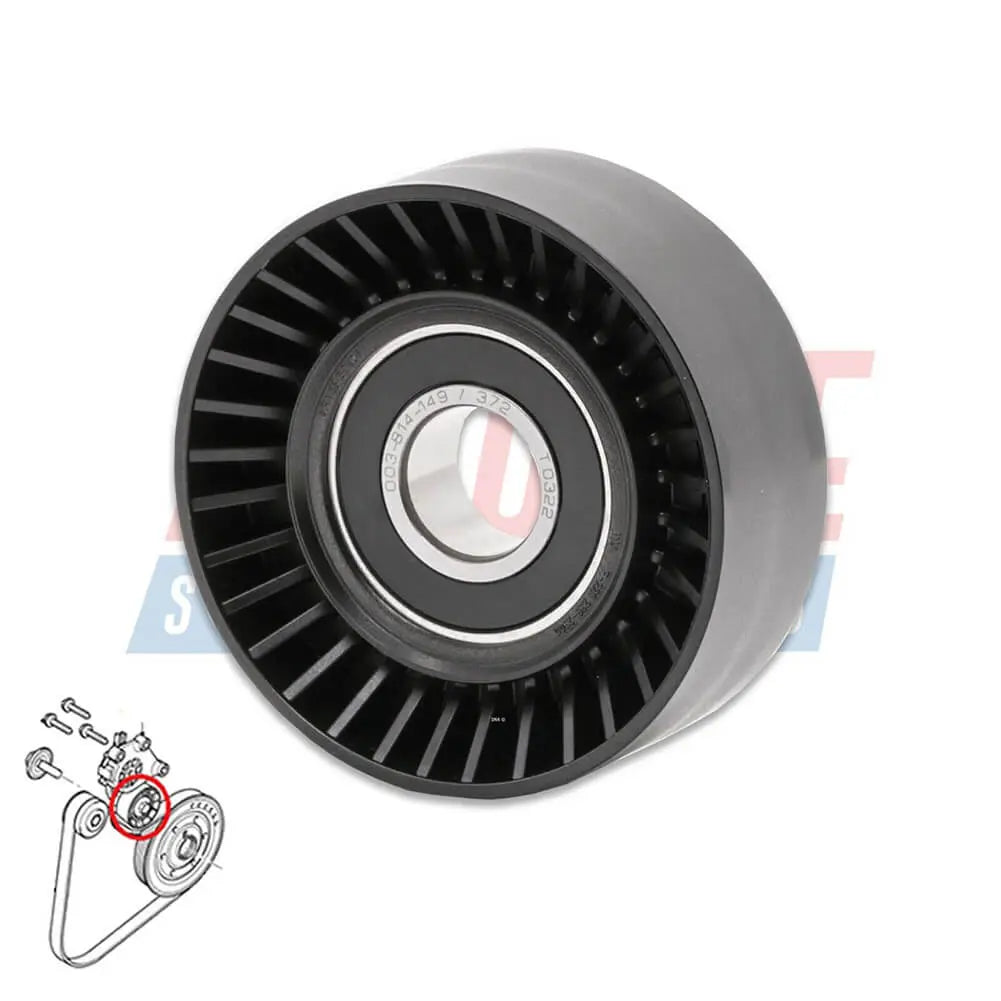
Ribbed Belt Tensioner Pulley For Volvo C30 S40 S80 V50 V70 - 31251129, 30731765, 575186
Sale price£8.90
No reviews
In stock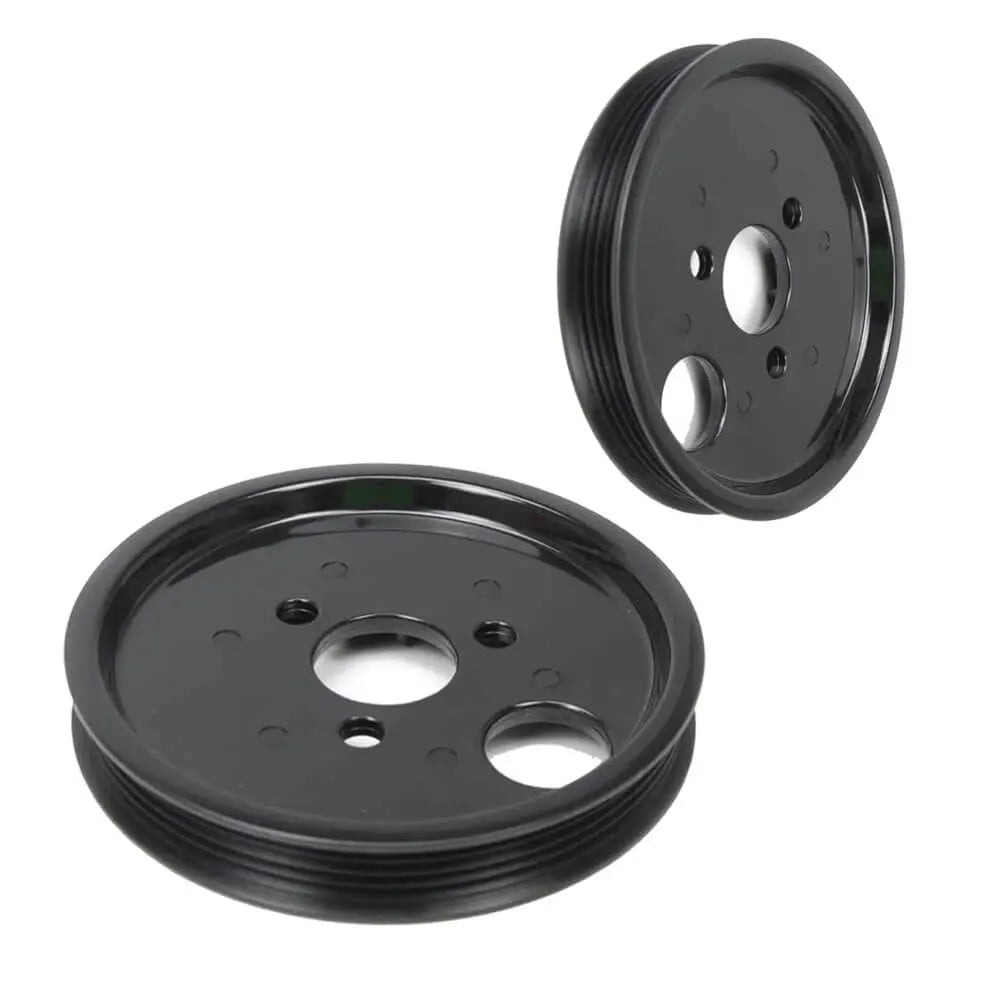
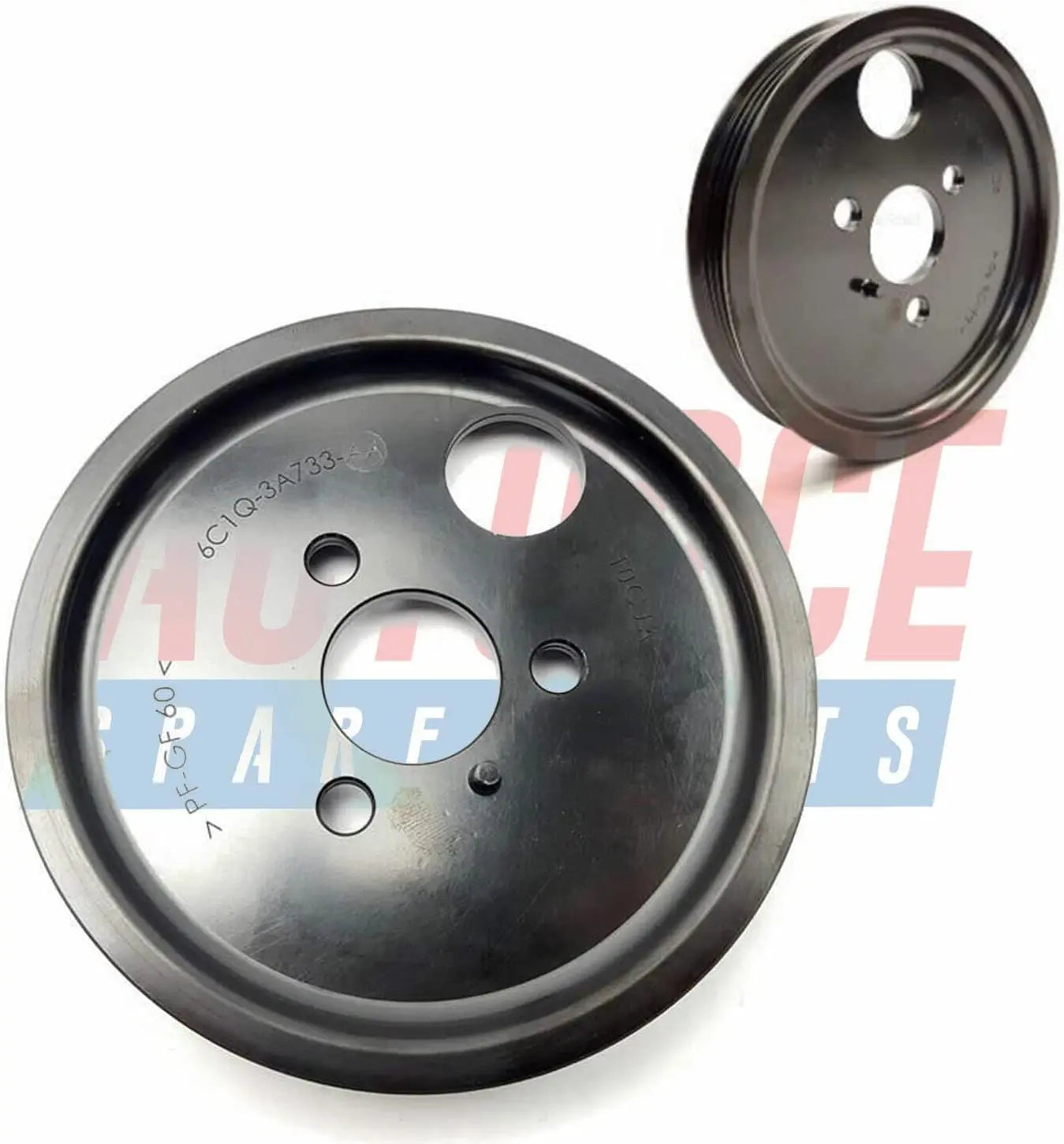
Power Steering Pump Pulley For PEUGEOT Boxer 2.2 HDi (2006 - Onwards) 9658102080, 4009P0, 1372740
Sale price£17.95
No reviews
In stock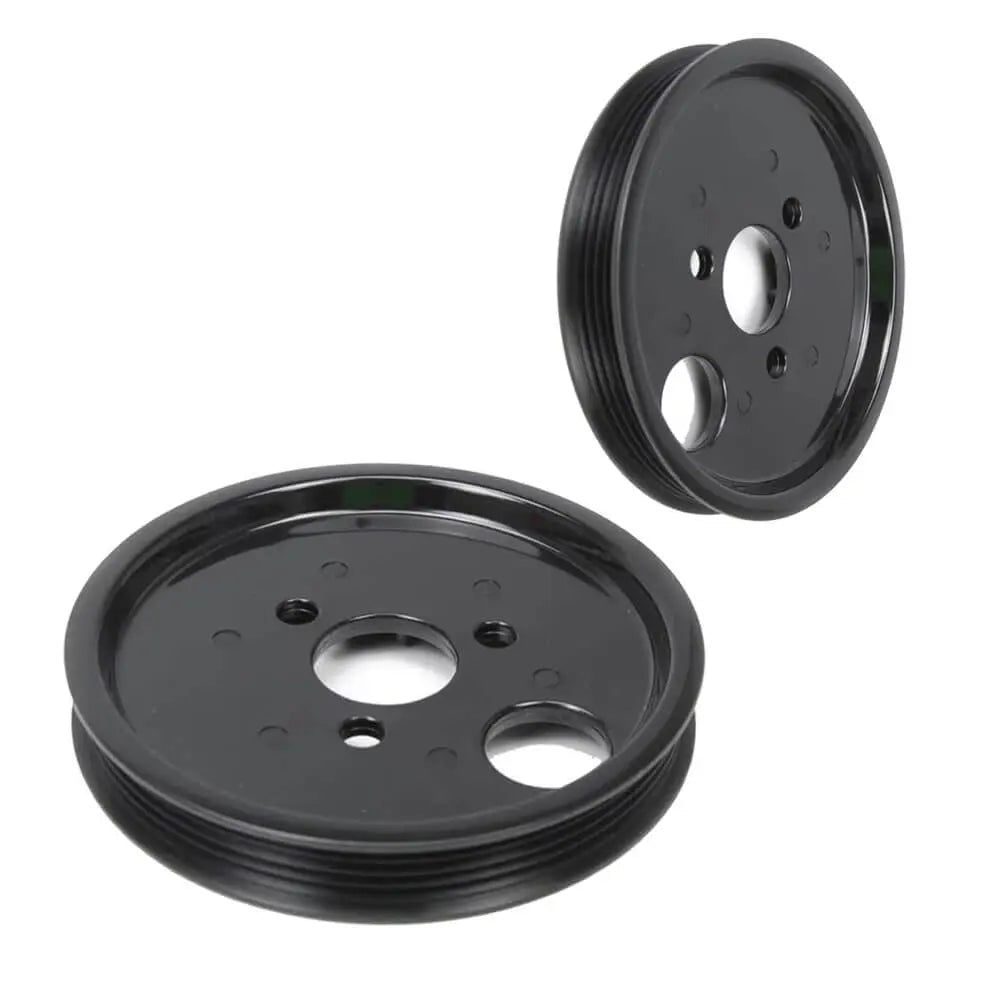
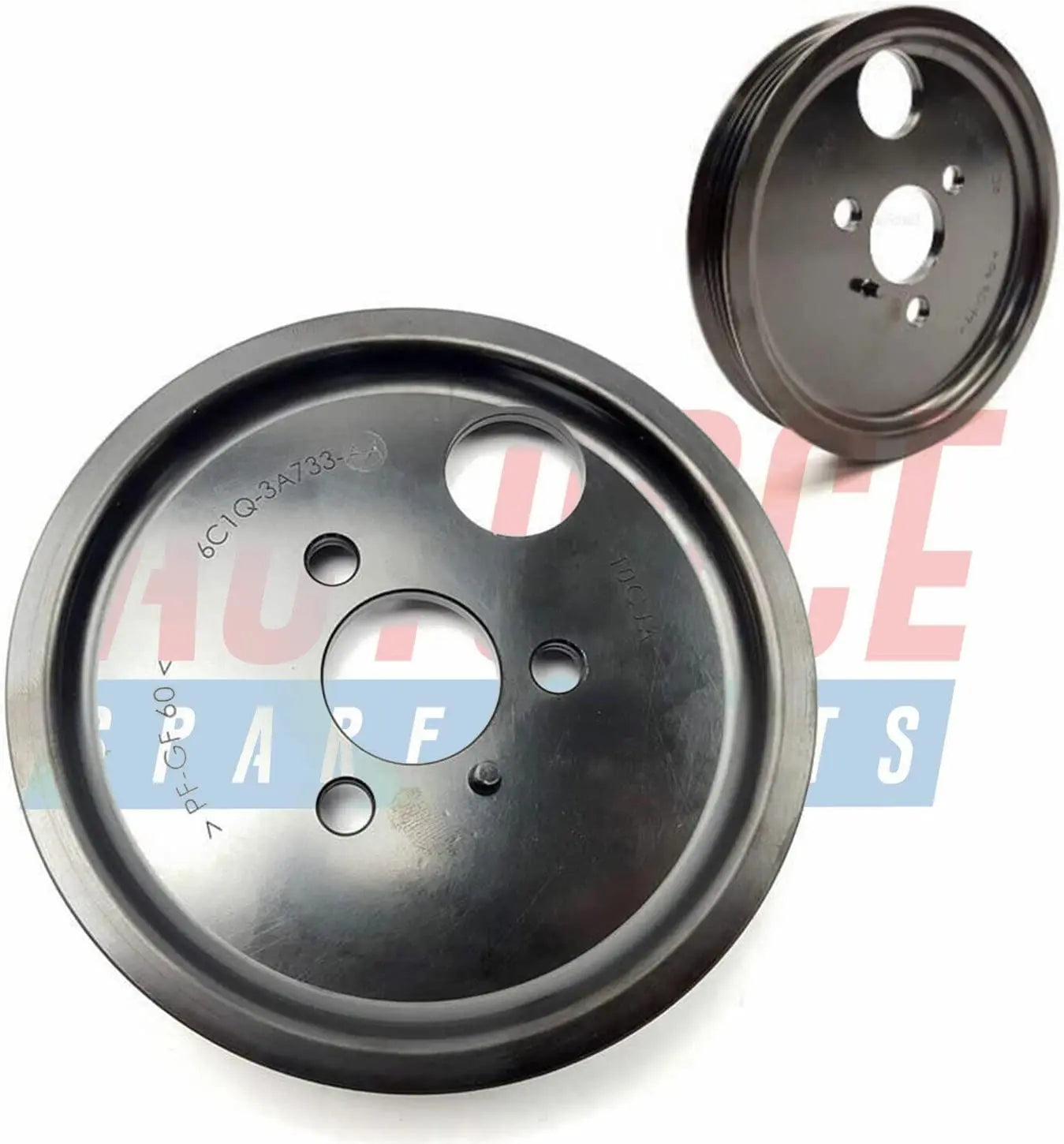
Power Steering Pump Pulley For FIAT Ducato III 2.2 D (2006 - Onwards) 9658102080, 4009P0, 1372740
Sale price£17.95
No reviews
In stock
Filters (0)





